[vc_row][vc_column][vc_single_image image=”2959″ img_size=”full”][/vc_column][/vc_row][vc_row][vc_column][vc_column_text]In the fast-paced world, we live in today, sensors and actuators are reshaping the face of every industry. Leveraging technologies like IoT, AI and ML can greatly help optimize TCO and also open up a flurry of monetizable avenues.
The summation of expenses a product incurs during the course of its lifetime adds up to its Total Cost of Ownership (TCO). Unraveling and decoding the constituents of TCO can help present a comprehensive health report from a financial standpoint.
Traditional cost accounting methods like Purchase Price Variance (PPV) are generally off by a good 20% – 40% while calculating the total cost of acquisition. Factors like product development costs, fall outside the scope of PPV but come within the ambit of TCO.
We look at TCO primarily as eight elements strewn together along the course of a product’s lifetime.
- Product Development Cost ( NPD)
- Operating cost (Including Maintenance Cost)
- Manufacturing Cost
- Inventory carrying Cost
- Cost of (Poor) Quality
- Servicing Cost
- Installation & commissioning cost
- Decommissioning cost
A complete understanding of these 8 elements and the associated dynamics can help not only recognize the forces at play but also effectively optimize TCO and harvest tangible monetary and efficiency outcomes.[/vc_column_text][/vc_column][/vc_row]







